Covering Ground
Warm weather and above-average rainfall made encouraged lush plant life early in 2024. Unfortunately, too many of those healthy plants were uninvited, unwanted, non-native invasive plants.
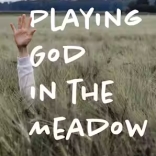 Book Review: Playing God in the Meadow, How I Learned to Admire My Weeds
Book Review: Playing God in the Meadow, How I Learned to Admire My Weeds
Book by Martha Leb Molnar
Bright Leaf Press/University of Massachusetts Press, 2022
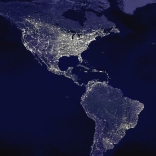 Birds, Nights, and Lights
Birds, Nights, and Lights
It's May 1st as I write this. Birds are flying north again, as they have for millennia.
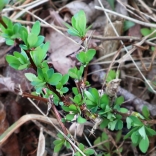 Put Invasive Plants on a Starvation Diet This Year
Put Invasive Plants on a Starvation Diet This Year
It's March, and I'm back to the annual ritual of cutting woody invasive plants to the ground. March, April, and May are "prime time" for a technique called carbohydrate starvation (a.k.a. root depletion). My top target is Japanese barberry at a local state forest where I volunteer. Other bad actors include burning bush, privet, autumn olive, and multiflora rose.
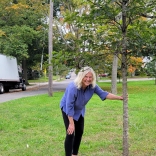 While Pundits Ponder the Value of Trees, the Trees Quietly Do Their Important Work
While Pundits Ponder the Value of Trees, the Trees Quietly Do Their Important Work
When my kids were little, they delighted in catching my attention by surprise, and then shouting, “Made you look!”
Perhaps billionaire Bill Gates was playing that game at a September 2023 conference when he called tree planting for carbon capture “complete nonsense.” He also said, “I don’t plant trees,” at a Climate Forward event held by the New York Times.
 Where Are the Bees & Butterflies in 2023?
Where Are the Bees & Butterflies in 2023?
If you're part of the nature-loving crowd, perhaps you're used to hearing laments on the state of the insect world, the plant world, or other aspects of life's big web. This year, many comments seem to go like this: “I haven’t seen a monarch.” Or “Where did all the honeybees go?” Or “We didn’t see a single bumblebee this spring.”
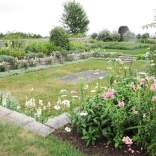 What's to Love About Public Gardens? Start With the Colors.
What's to Love About Public Gardens? Start With the Colors.
If you're ready to indulge in botanical eye candy, take a road trip to a public garden. Below, learn about five in the eastern Connecticut shoreline area. Don't forget to take a look at the much longer list of ideas at the end of this post.
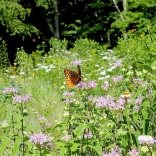 Is Your Yard Part of the Homegrown National Park?
Is Your Yard Part of the Homegrown National Park?
Millions of people flock to the national parks each summer, seeking magnificent scenery and interesting history. But what if, instead, millions of people discovered the parklike nature of their own backyards and community open spaces?
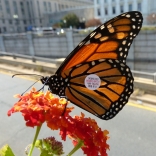 Small Changes Help Small Creatures in a Changing World
Small Changes Help Small Creatures in a Changing World
How much do you think global warming will harm plant and animal species?
A representative sample of Americans responded to that question in a 2022 survey. A whopping 70% said “a great deal” (52%) or “moderately” (18%). Only 11% responded that global warming will not harm plants and animals in any way.
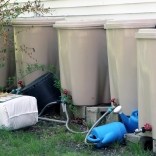 Spring: Time to Collect Summer's Extra Water Supply
Spring: Time to Collect Summer's Extra Water Supply
Connecticut’s climate could hardly be described as arid. In fact, historical rainfall averages 45 to 50 inches each year.
But averages are meaningless when your summer gardens are going brown, and there’s no rain in the forecast. Historical records show our summers are often dry and sometimes for many weeks.
